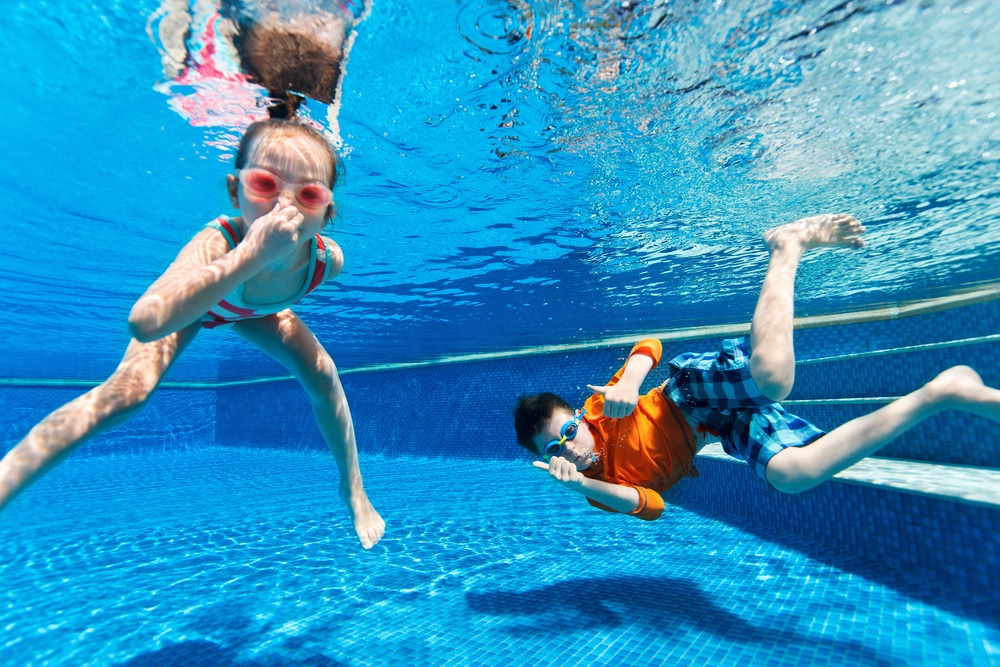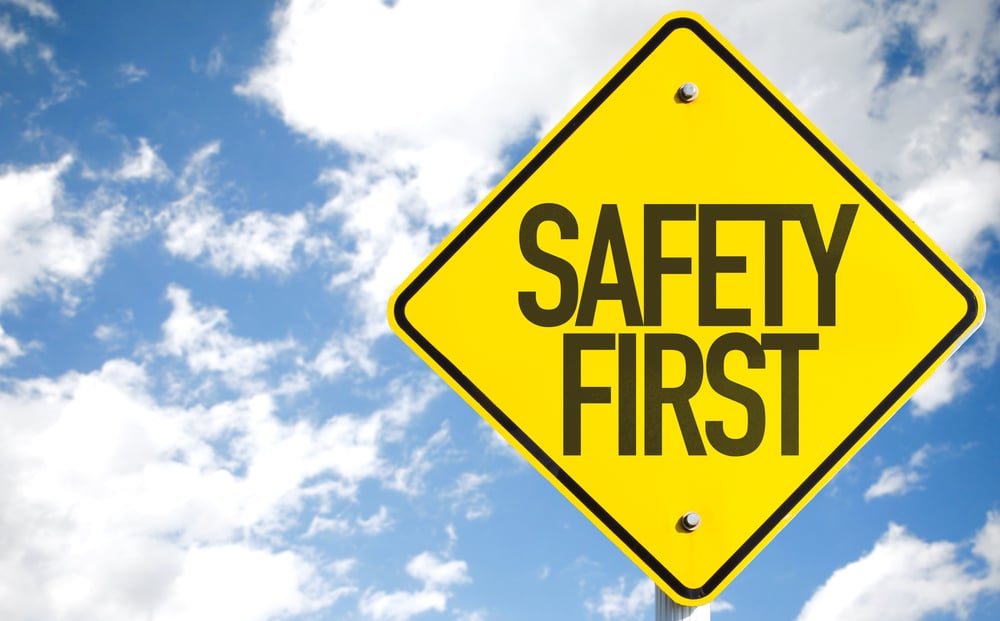Swimming and playing in the pool is great recreational fun and also an excellent way to get some exercise. Here in south Texas where the weather stays on the warm-side for much of the year, we are able to utilize our pools a lot longer than other areas in the United States. That being said, it is vital to know proper pool safety to help prevent accidents and drownings.
[bctt tweet=”Mistakes in the pool can be deadly. Protect your loved ones by following these smart pool safety practices.” username=”HealthStreetLLC”]
Staying Safe at the Pool
Sadly, 74 children have already drowned in Texas in 2018, and the numbers seem only to be rising each year. If you or a loved one are planning to spend some time in the water, it is imperative that you know and follow these seven practices for pool safety.
- Swimming Lessons
- Designated Areas
- Buddy System
- Pool Barriers
- Drains and Covers
- Constant Supervision
- First Aid & CPR Certification
1) Swimming Lessons
One of the best ways to help keep your little ones and loved ones safe in the pool is to make sure they have taken swimming lessons. If they are unable to properly learn to swim, consider having young and inexperienced swimmers wear a life vest until they are able to take a swimming course.
2) Designated Areas
If out swimming at the beach, lake, or pool, make sure you and your loved ones are only swimming in designated areas where there are lifeguards.
3) Buddy System
No one, no matter how old they are, should swim alone. Always use the buddy system and make sure there is more than one person there to watch over each other.
4) Pool Barriers
If you have a pool at home, make sure to secure it with proper barriers, such as a fence. Most drownings that happen at home occur in less than five minutes of the child being away from their parent.
5) Drains and Covers
Train your kids to stay away from the pool drains and also make sure that all drain covers are in place and not broken. Kids can easily trip and accidentally fall in the pool if covers are not in place or secured down.
6) Constant Supervision
Never ever allow your child to swim or be in a pool unattended. Even if there is another child with them, do not leave their life in the other child’s hands. If you have to take a break, make your kiddo get out of the pool and stay with you until you can all return together.
7) First Aid & CPR Certification
Enrolling in a first aid and CPR course is a terrific way to help prevent injuries and drownings at the pool. These courses can help you save a loved one’s life and how to properly respond to emergencies.
Pool Safety and Your Loved Ones
Everyone wants to have fun at the pool, but safety needs to come first. By following the above smart pool safety practices, you can help keep yourself and your loved ones safe while enjoying a day swimming and spending time together.
Contact us to learn more smart pool safety practices to follow.





